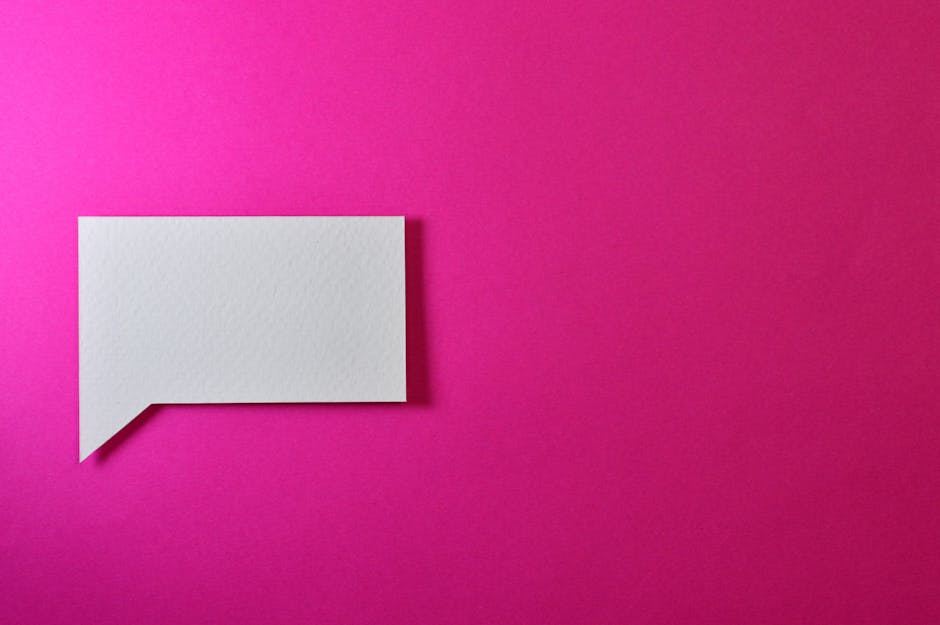The Unseen World of Graphic Design: More Than Meets the Eye
Graphic design is an art form that is seamlessly woven into the fabric of our daily lives. Whether it’s the packaging of your favorite cereal or the interface of the app you use to order your morning coffee, graphic design plays a pivotal role. Yet, its significance often goes unnoticed by the casual observer. This article aims to pull back the curtain and delve into the multifaceted world of graphic design, highlighting its influence and evolution.
The history of graphic design is as rich and varied as the designs themselves. Originating from the rudimentary cave paintings of prehistoric humans, graphic design has evolved through the centuries. It has been shaped by technological advancements and cultural shifts, resulting in a vibrant tapestry of styles and techniques. Today, graphic design is at the forefront of digital innovation, continually adapting to the demands of an ever-changing technological landscape.
One of the most intriguing aspects of graphic design is its ability to communicate complex ideas in a visually compelling manner. Designers are storytellers at heart, crafting narratives through color, typography, and imagery. Each element is meticulously chosen to convey a specific message or evoke a particular emotion. This skillful orchestration is what separates good design from great design.
As we explore the impact of graphic design, it’s important to recognize its role in branding. In an age where consumer attention spans are dwindling, a strong brand identity is crucial. Graphic design is the silent ambassador of your brand, creating a lasting impression in the minds of consumers. From logos to social media graphics, each piece of design contributes to the overall perception of a brand.
Moreover, graphic design is not just about aesthetics. It has practical applications that enhance user experience and accessibility. For instance, a well-designed website or app interface can significantly improve user engagement and satisfaction. By prioritizing intuitive design, graphic designers help bridge the gap between functionality and visual appeal.
In recent years, there has been a growing trend towards sustainable and eco-friendly design practices. Graphic designers are increasingly aware of their environmental impact and are exploring innovative ways to minimize it. This includes using recycled materials, reducing waste, and choosing sustainable printing methods. By prioritizing eco-friendly design, the industry is making strides towards a more sustainable future.
In conclusion, graphic design is an ever-evolving field that touches every aspect of our lives. From shaping brand identities to enhancing user experiences, its impact is far-reaching. As we continue to navigate a digital world, the importance of thoughtful and innovative design cannot be overstated. Whether you’re a business owner, a design enthusiast, or simply someone who appreciates good design, it’s worth taking a moment to appreciate the artistry and expertise that goes into every piece of graphic design.

